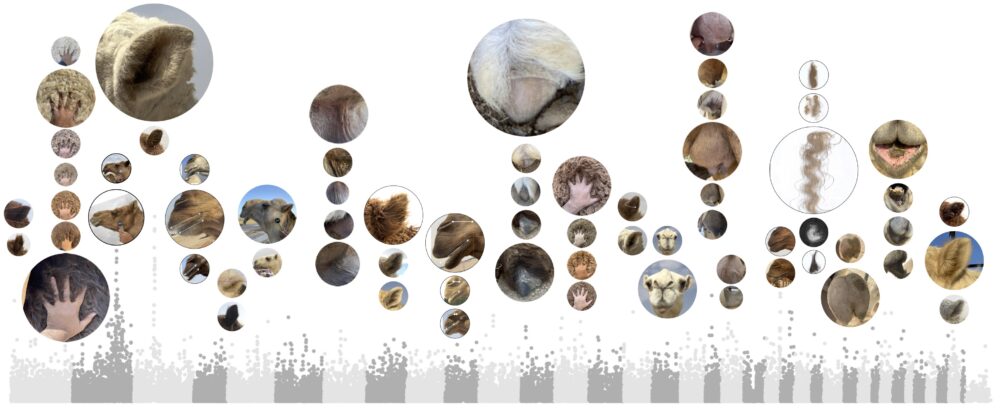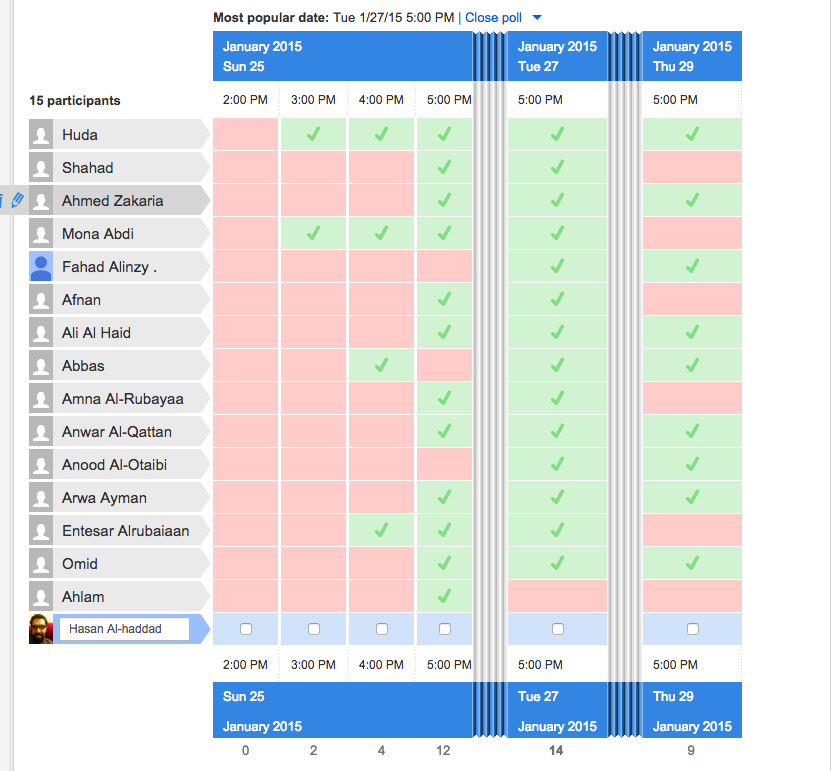Implementing the active learning strategies that we have been practicing on research papers requires some creative adjustments. Dr. Jamillah Zamoon suggested the following as a frame-work for discussing research paper while maintaining the spirit of active learning.
- The discussion leader (the person who chose the paper) describes the paper briefly and focuses on:
- General background.
- Hypotheses.
- Objectives.
- Significance.
- To achieve the goals of active learning, the focus will be on the figures of the paper.
- Participants form groups of 4-5.
- Each group will be assigned or will choose a figure (or more).
- The group’s job is to discuss, analyze, and understand the assigned figure. The group can focus on:
- The experimental design and methods that led to the results summarized in the figure.
- The data and analyses used to generate the results in the figure.
- What conclusions the figure support.
- Are their any weaknesses in the analysis/figure.
- Is their an alternative way to perform the analysis and present the results.
- Each group can use the board to write:
- one side: Aspects understood and general notes.
- other side: Aspects unclear and questions.
- The discussion leader takes charge and:
- Allows each group to their figure and related information in the paper.
- Summarizes and connects the figures together to understand the paper as a whole.
- States the conclusions.
- Answers questions and clarify any misunderstandings.


